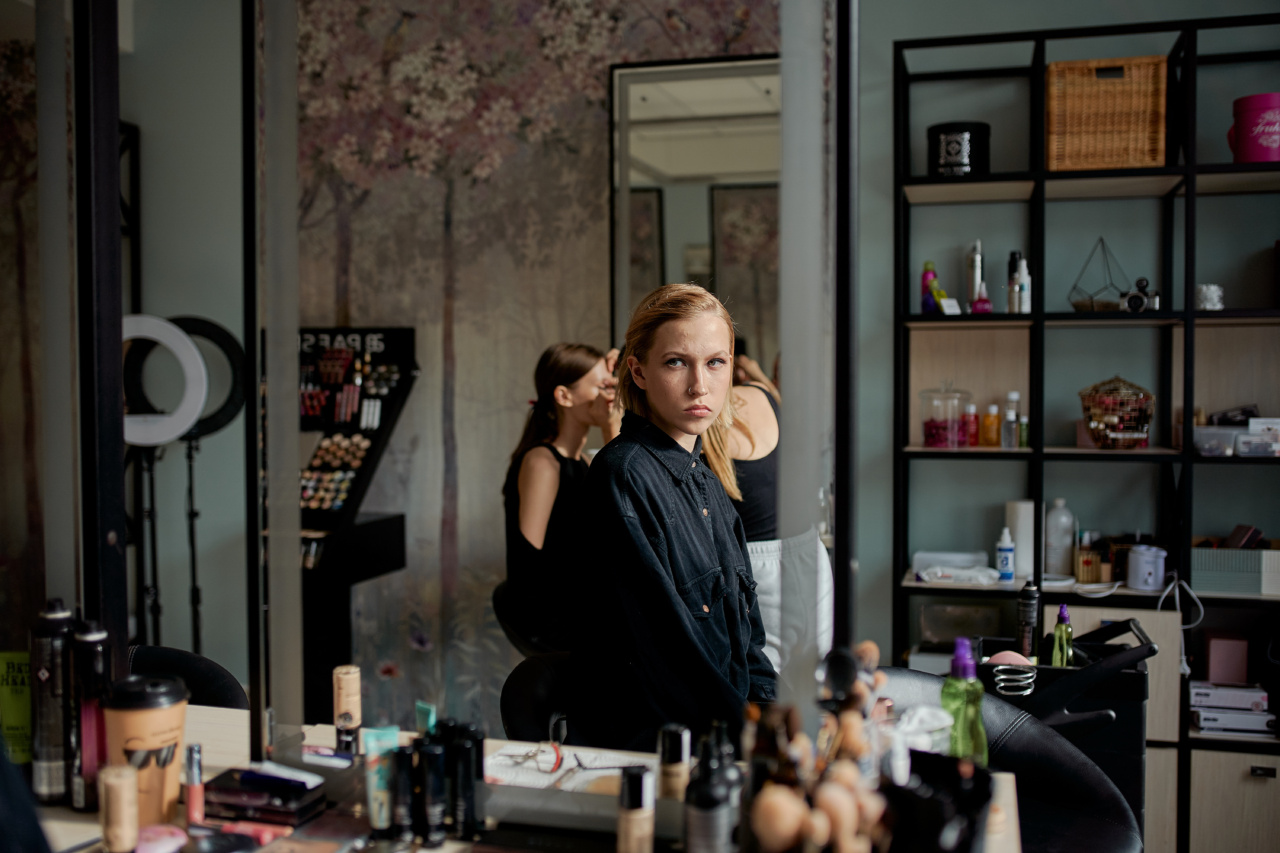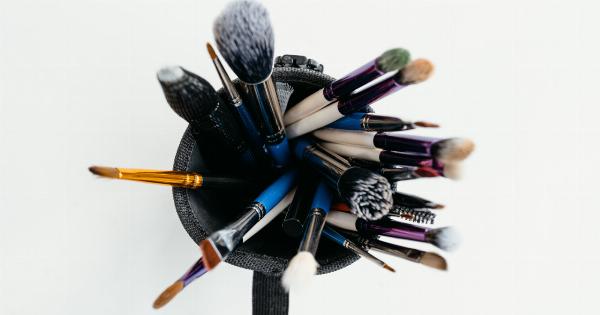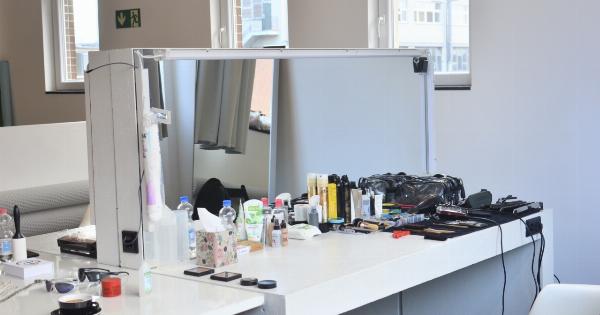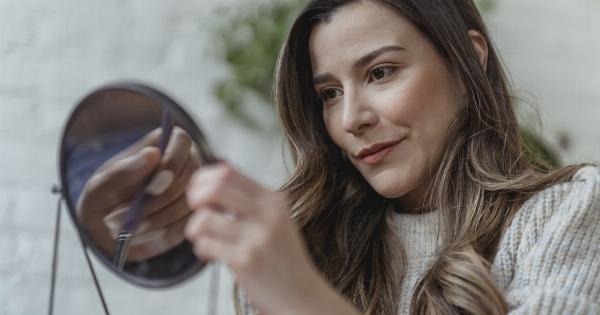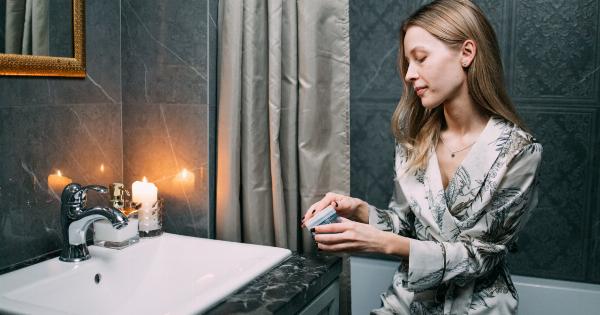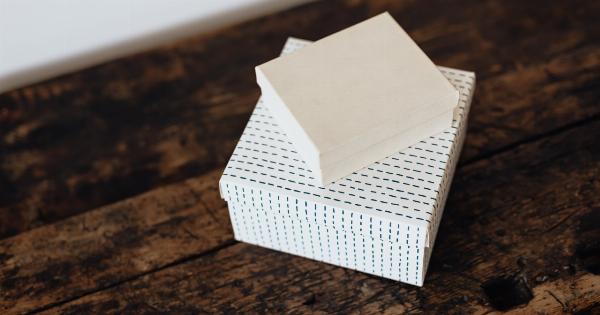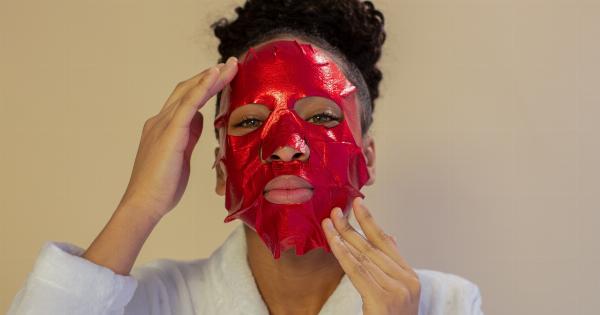Makeup lovers know that buying products can quickly become an expensive habit. From lipsticks to eyeliners, foundations to eye shadows, there are so many different types of makeup products to choose from, and each one comes with a different price tag.
It’s important to not only choose the right products for your skin type and tone, but also to know how long you can keep and use them for. In this article, we’ll be discussing the shelf life of makeup products and what you need to know to keep your beauty routine both safe and effective.
What is the Shelf Life of Makeup Products?
The shelf life of makeup products is the amount of time that a product is safe and effective to use after it has been opened and exposed to air and germs.
Many products can expire and become less effective over time, leading to potential health risks such as skin irritation, infection, and even allergic reactions. The shelf life of makeup products varies depending on the product type, ingredient composition, and packaging.
It’s important to understand how long different products last and how to properly store them to ensure their longevity and minimize the risks to your health.
How to Determine the Shelf Life of Different Makeup Products
One of the easiest ways to determine the shelf life of a particular makeup product is to look for a symbol on the packaging that resembles an open jar with a number on it.
This is known as the PAO (Period After Opening) symbol, and it indicates the number of months that a product is safe to use after being opened. For example, a product with a 6M symbol means that it can be used for up to six months after being opened. However, some products might not come with a PAO symbol or the symbol might have worn off over time.
In these cases, it’s important to pay attention to the texture, scent, and appearance of the product to determine whether it’s still safe to use.
Here are some general guidelines for the shelf life of different makeup products:.
Foundations
Foundations can last anywhere from six months to two years, depending on the formulation and packaging. Liquid and cream foundations generally have a shorter shelf life than powders, as they are more prone to bacterial growth and oxidation.
Foundations that come in pumps or squeeze tubes are less likely to come into contact with air and germs than those that come in jars, which can help extend their shelf life. If you notice that your foundation has separated, changed color, or developed an unusual smell, it’s time to toss it.
Concealers
Concealers have a similar shelf life to foundations, lasting anywhere from six months to two years.
However, concealers that come in stick form may last longer than those that come in liquid or cream form, as they have a drier texture that is less hospitable to bacteria.
Powders
Powders such as blushes, bronzers, and powders have a longer shelf life than liquids, typically lasting up to two years. However, it’s important to keep them dry and store them away from moisture, as they can become clumpy and lose their effectiveness.
If your powder product has changed color, developed a hard crust, or become difficult to blend, it’s time to let it go.
Mascara
Mascara has a very short shelf life due to its liquid nature and the bacteria that can easily grow inside the tube. It’s recommended to replace your mascara every three to six months, even if it doesn’t seem to have dried up or turned clumpy.
If you notice a change in the smell, texture, or consistency of your mascara, it’s important to throw it away immediately to avoid any eye infections or irritations.
Eyeliners
Eyeliners are similar to mascara in terms of their shelf life, lasting anywhere from three to six months. This is especially true for liquid and gel eyeliners, as they are more likely to dry up or become contaminated with bacteria.
Pencil eyeliners may last slightly longer, as long as they are sharpened regularly to remove any bacteria that may have built up on the surface.
Lipsticks
Lipsticks generally last for one to two years, depending on the formulation and packaging. It’s important to store them away from heat and moisture, as this can cause them to soften or melt.
If you notice that your lipstick has changed color, developed a grainy texture, or has a strange smell, it’s time to replace it.
Lip Glosses
Lip glosses have a shorter shelf life than lipsticks, lasting anywhere from six months to a year. They are more prone to bacterial growth due to their liquid nature and the applicator wands that can harbor germs.
To extend the shelf life of your lip gloss, it’s important to avoid sharing it with others and to wipe the applicator wand with a clean tissue after each use.
Skin Care Products
Like makeup products, skin care products can also expire and become less effective over time. The shelf life of skin care products varies depending on the formulation and packaging, but here are some general guidelines:.
- Cleansers: up to two years
- Toners: up to two years
- Masks: up to two years
- Moisturizers: up to one year
- Eye creams: up to six months to a year
It’s important to always store skin care products in a cool and dry place, away from direct sunlight and heat.
Avoid dipping your fingers directly into the product and use a clean spatula or q-tip instead to avoid contamination and extend the shelf life.
Final Thoughts
Knowing the shelf life of your makeup products is crucial to ensuring both your own health and the effectiveness of the products themselves.
While it can be tempting to hold onto a favorite lipstick or blush for as long as possible, it’s important to remember that expired makeup can lead to bacterial growth and potential health risks. By paying attention to the PAO symbols, keeping products dry and clean, and monitoring changes in texture and appearance, you can enjoy your favorite makeup products safely and effectively.
